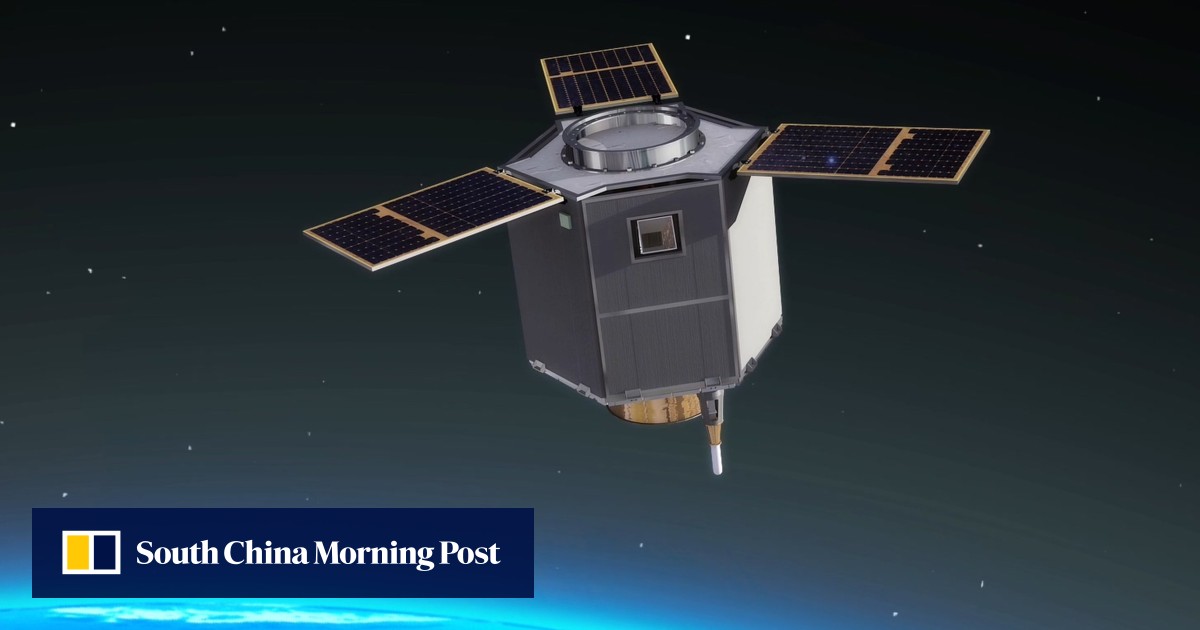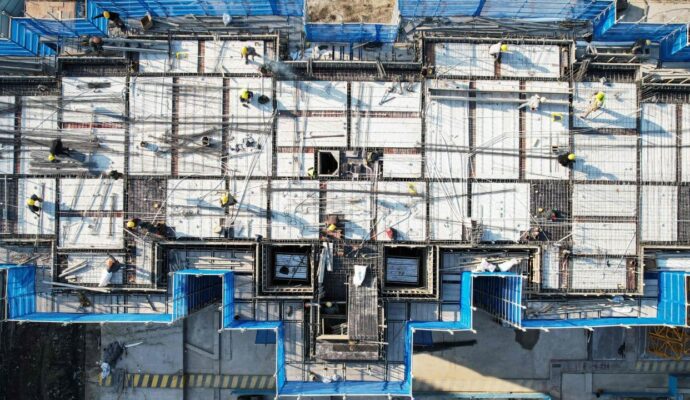
Advertisement
However, optical cameras are inherently limited: they cannot operate at night and are easily obstructed by cloud cover, fog or other adverse weather conditions. In real combat scenarios, military commanders place greater trust in radar satellites, which can function reliably around the clock and under all weather.
For decades, detecting stealth aircraft like the F-22 Raptor or B-21 Raider using a space-borne radar was widely considered unfeasible. If such detection was possible from orbit, these iconic stealth programmes might never have been approved.
While a stealth aircraft’s radar cross-section (RCS) appears significantly larger when viewed from above in low Earth orbit – some estimates suggest it could be as big as a barn door – this advantage is offset by an overwhelming challenge: background clutter.
Advertisement
The chaotic reflection of radar signals from rough sea surfaces or mountainous terrain generates intense noise that can easily drown out the faint signature of a moving aircraft.


